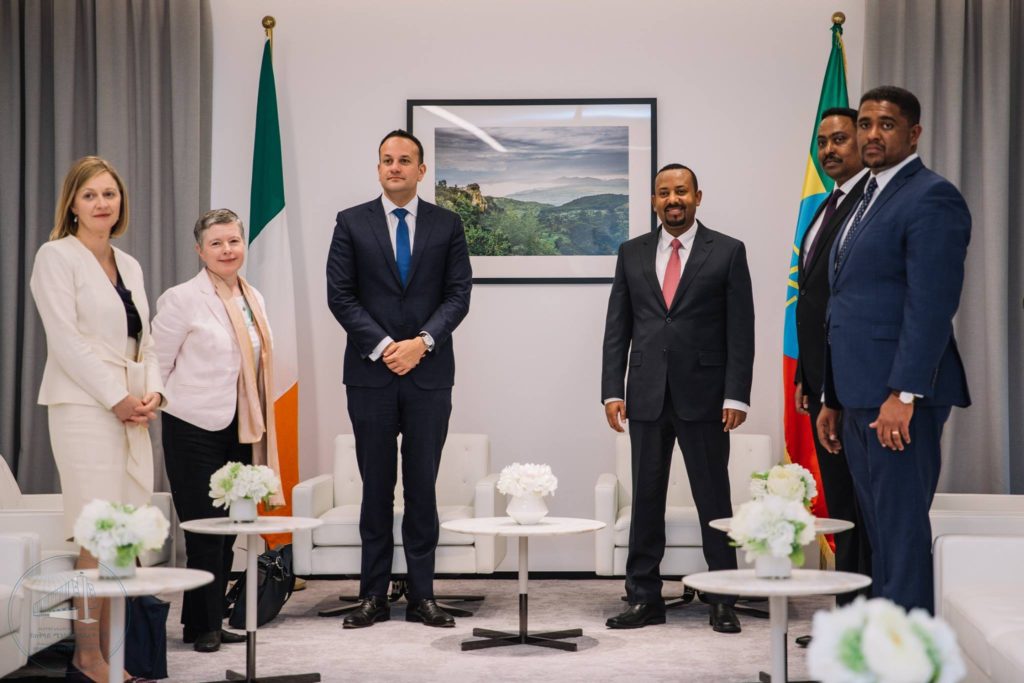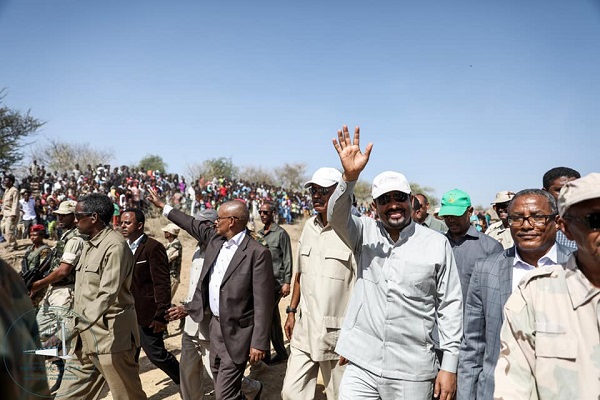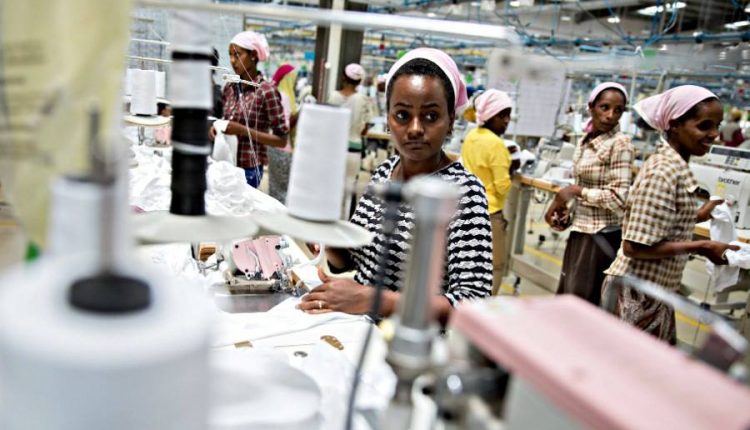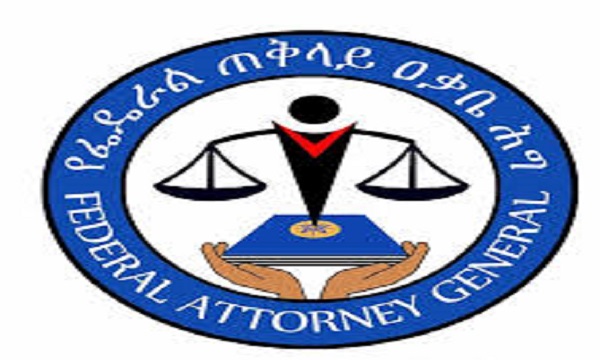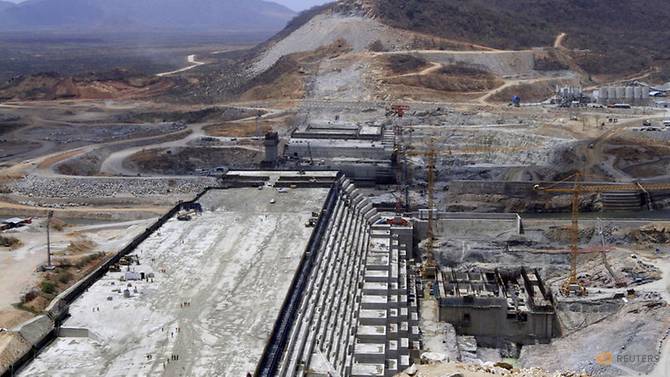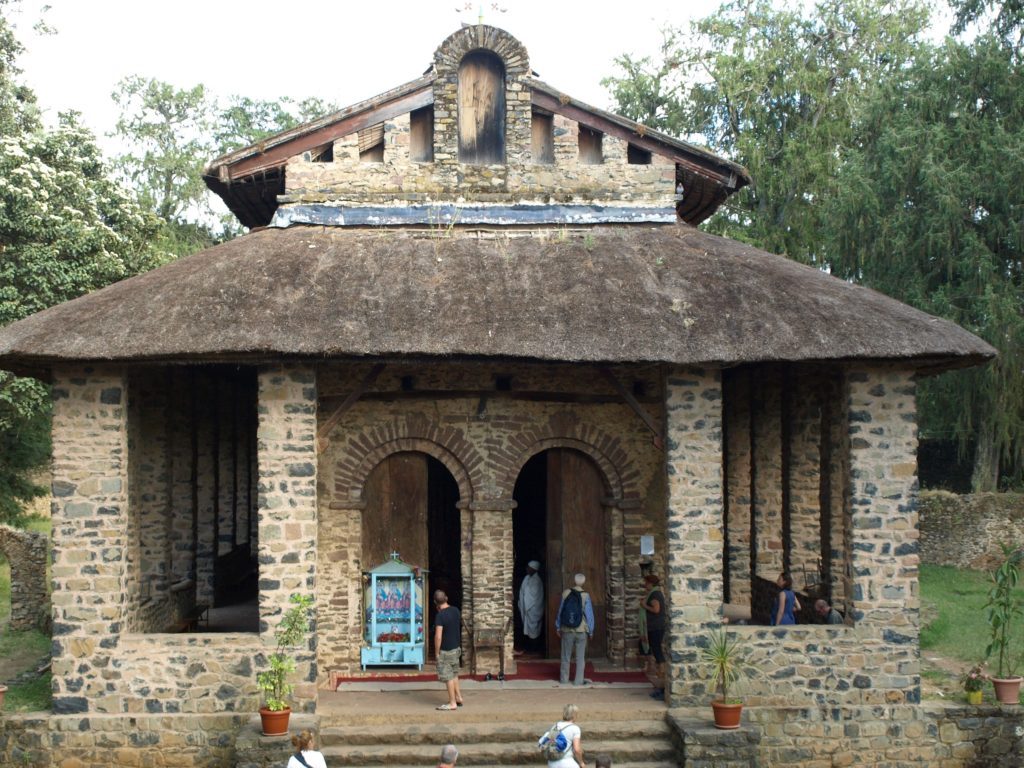
Ethiopia’s tourist spots are seeing a surge in the pace of new visitors, according to tour operators and hoteliers. Visitor traffic at the country’s northern, southern and eastern major attractions show a massive up in number from the same time last year.
Monpays Tour, an Addis-Ababa based agency, confirmed that the business has been remarkable over the past five months since the Ethiopian New Year. “We have a busy and successful season,” general manager and owner of Monpays Tour, Yared Mulugeta, told Ethiopia Observer. Similarly, Tema Tour has also said “a very good year,” according to the owner Teddy Solomon. Other Francophone and Italiaphone companies, Desire Tours, Ava Tour, Ton Reve Ethiopia, Green Land Tours and Lake Tana have confirmed the increase in tourists. Arrivals and interest are significantly up in Simien Mountains National Park and Bale Mountain, according to the Debark-based Walia Guide Association and Dinsho-based Nyala Guides Association. Many tourists and companies are acknowledging the improvements of facilities and the provision of cook in the Dinsho Park, the Association said. Guides in Harar town confirmed the increase in tourists.
The increase in visitors has kept the hotel industry in Ethiopia chugging along. In Tigray region, Gherlata Lodge, Korkor Lodge, Agoro Lodge are experiencing high occupancy of around 80 percent. Hoteliers in different parts of Ethiopia also reported rising bookings for the touristic season, Kuriftu Resorts, Abay Minch Lodge in Bahir Dar and Buska Lodge in Turmi, a town in Omo Valley.
This growth was mainly driven by the continuous increase of arrivals from traditional European markets. France, Italy, German, the United Kingdom, Spain, and Israel are top sources of tourism, according to agencies. Nahome Admassu Bekele of Pleasure Ethiopia Tours and Travel said tourists from East European countries, such as Lithuania, also showed significant growth.
Though the massive flow of Japanese tourists seems to be subsiding, visitors from China are on the rise, agencies said. However, some of the Chinese tourists passing through contacts and friends through cheap tour packages in a way that adversely affect tourism revenue.
Conversely, in the Danakil Depression’s Erta Volcano site, the picture is less rosy. The volcano’s activity, known in the past for dramatic explosion and lava flow that transformed the area into one of the country’s hottest tourist destinations has subsided in the past few months, leaving hundreds of businesses without their premier attraction. Seifegebreil Shifferaw, manager of Sphere Tour and Travel, a company that works with the French Aventure Et Volcans, disclosed there had been a 50 percent decrease in bookings to the area.
The nearby Dallol Volcano that harbours impressive salt canyons remain intact and still attracts visitors. Two Mekele based companies, Ethio Travel and Tours and World Sun Ethiopia say they continue organizing two trips to Dallol, excluding Erta Ale.
At this stage, there is no official figure on the arrival of tourists, as the Ethiopian Ministry of Culture and Tourism prepare such reports on June. Yet most of the companies say the tourism sector is recovering from two years when it was affected by security problem in the country and state of emergency.
Visitor number to Ethiopia is growing by 10% each year, drawn by the country’s spectacular scenery, ancient history, culture, religious sites, and indigenous communities, according to the Ethiopian Ministry of Culture and Tourism.


